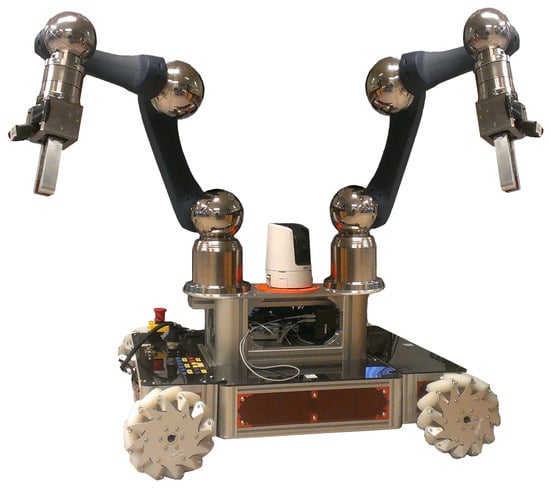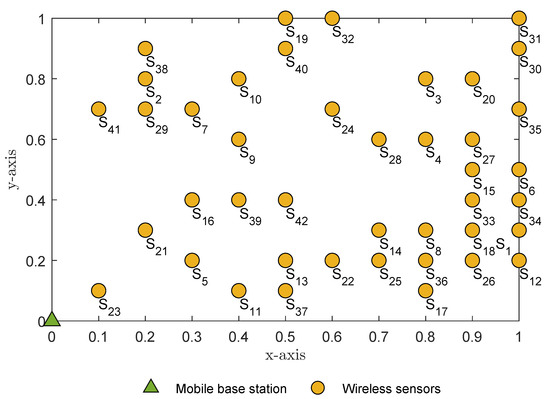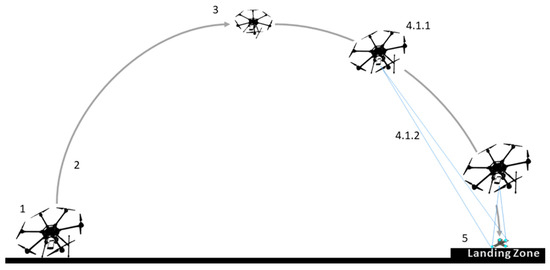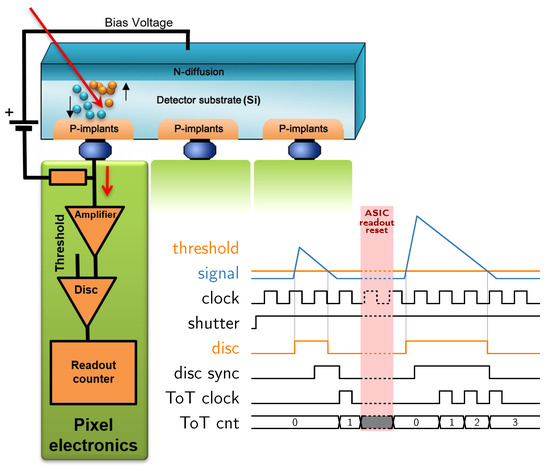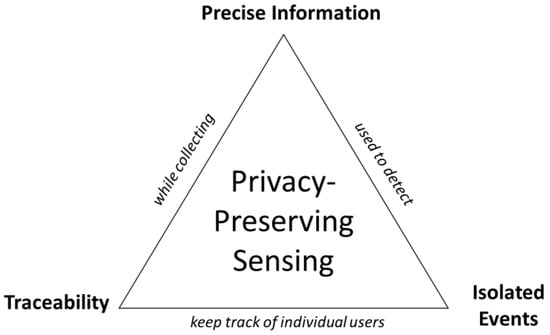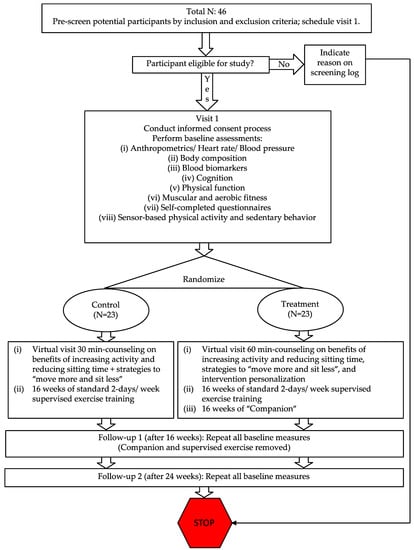Sensors 2023, 23(4), 1897; https://doi.org/10.3390/s23041897 - 8 Feb 2023
Cited by 8 | Viewed by 3725
Abstract
Turbidity is a commonly used indicator of water quality in continental and marine waters and is mostly caused by suspended and colloidal particles such as organic and inorganic particles. Many methods are available for the measurement of turbidity, ranging from the Secchi disk
[...] Read more.
Turbidity is a commonly used indicator of water quality in continental and marine waters and is mostly caused by suspended and colloidal particles such as organic and inorganic particles. Many methods are available for the measurement of turbidity, ranging from the Secchi disk to infrared light-based benchtop or in situ turbidimeters as well as acoustic methods. The operational methodologies of the large majority of turbidity instruments involve the physics of light scattering and absorption by suspended particles when light is passed through a sample. As such, in the case of in situ monitoring in water bodies, the measurement of turbidity is highly influenced by external light and biofouling. Our motivation for this project is to propose an open-source, low-cost in situ turbidity sensor with a suitable sensitivity and operating range to operate in low-to-medium-turbidity natural waters. This prototype device combines two angular photodetectors and two infrared light sources with different positions, resulting in two different types of light detection, namely nephelometric (i.e., scattering) and attenuation light, according to the ISO 7027 method. The mechanical design involves 3D-printed parts by stereolithography, which are compatible with commercially available waterproof enclosures, thus ensuring easy integration for future users. An effort was made to rely on mostly off-the-shelf electronic components to encourage replication of the system, with the use of a highly integrated photometric front-end commonly used in portable photoplethysmography systems. The sensor was tested in laboratory conditions against a commercial benchtop turbidimeter with Formazin standards. The monitoring results were analyzed, obtaining a linear trendline from 0 to 50 Nephelometric Turbidity Unit (NTU) and an accuracy of +/−0.4 NTU in the 0 to 10 NTU range with a response time of less than 100 ms.
Full article
(This article belongs to the Special Issue Low-Cost Optical Sensors)
►
Show Figures

